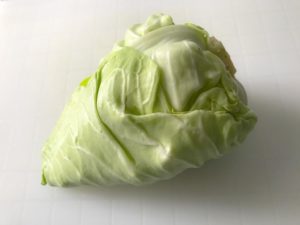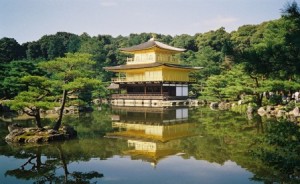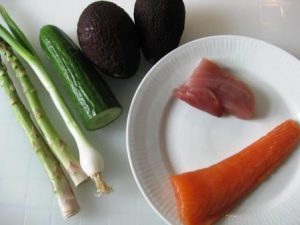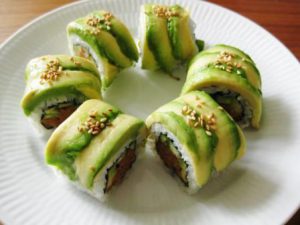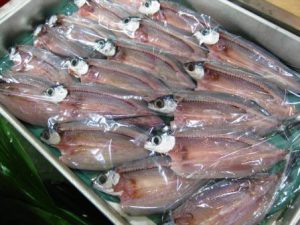 There are many challenges if you’ve never made sushi before.
There are many challenges if you’ve never made sushi before.
There is of course a big difference if the sushi is made at home or in in a restaurant.
There is a few challenging such as,
Selecting the Japanese ingredients and raw materials used for sushi.
To cook tasty and perfect rice.
To fillet and cut fish in the right quality for sushi.
To prepare various raw materials for sushi
Create tasty sushi so the raw materials are in harmony and becomes a unique dinning experience.
My most important task at the different sushi classes that I give is to teach my attendants the Japanese tools to make tasty sushi in a quality that you can delight family and friends with homemade tasty sushi.
Please read more about Sushi course for beginners
_
Zoë has lectured and held sushi courses for A. P. Moller – Maersk, Hugo Boss Nordic, Novo Nordisk, Novartis, Velux, Gorrissen Federspiel, Beierholm revision, Elbek & Vejrup and many more.

